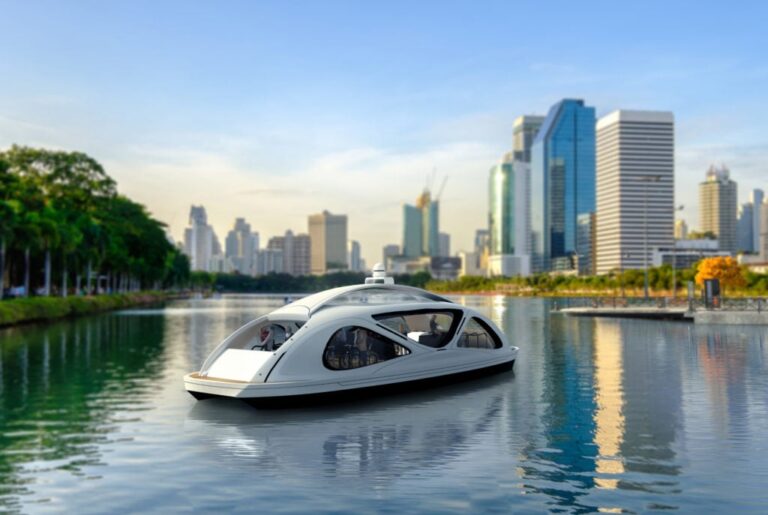Our result
Result description
Zeabuz provided the autonomy software necessary for the operation of the world’s first autonomous city ferry. Our advanced technology enables the ferry to navigate and operate autonomously, even in complex and dynamic maritime traffic conditions typical of urban waterways.
Addressing target audiences and expressing needs
- Business partners – SMEs, Entrepreneurs, Large Corporations
- Investor introductions
- Venture Capital
Zeabuz is actively seeking investment to scale our operations and further develop our autonomous electric passenger ferries. Additionally, we are looking to attract customers, particularly city boat transport operators, to expand our market presence and drive the adoption of sustainable water-based transport solutions.
- Public or private funding institutions
- Other Actors who can help us fulfil our market potential
- Private Investors
R&D, Technology and Innovation aspects
- Securing Additional Funding: To scale our operations and further develop our technology.
- Expanding Market Reach: By attracting more customers, particularly city boat transport operators.
- Strengthening Partnerships: Collaborating with industry leaders to enhance our offerings and explore new markets.
- Innovating Solutions: Continuously improving our autonomous navigation technology and exploring new applications.
Zeabuz’s autonomy solutions enable entirely new mobility modes such as the urban shortcut ferry networks, like a subway system on water. Compared to alternative mobility infrastructure such as roads, rail, subway, bridges and tunnels, the shortcut ferries are unique in terms of low CAPEX and OPEX, no permanent footprint on land, enormous flexibility in scaling capacity up and down based on changes in demand, resilience towards changes in water levels and changes in demography. The exact same would apply to an urban waterborne logistics network for parcels, goods, etc.
For port logistics,our solution enables a wide range of port vessels (light cargo, crew transport, patrol vessels, fire-fighting, tugs) to be operated by a lean and less experienced crew, supported by experienced crew in an ROC. This mitigates the growing crew shortage which first hits the smaller and less attractive vessels, and enables further scaling of port operations while maintaining safety and effectiveness.
Zeabuz’s solutions are based on modularity, which allows for combining modules according to the customer’s needs as well as equipment, connectivity and systems (navigation, propulsion, data communication). Smaller software modules induces a higher robustness and therefore replicability.
Zeabuz’s solutions reduce energy consumption and carbon footprint by
-optimising the route and speed, removing unnecessary accelerations (speed and energy consumption is usually a exponential relationship, ie it is much more efficient to have a constant speed than first high then low)
-updating navigational parameters much faster and much more frequently compared to what a human crew is prepared to do. This leads to much higher efficiency in dynamic environments.
Any crew is able to achieve this smart navigation, uncertainty and variability from human operation is reduced and operations are more efficient, saving battery capacity on electrical vessels.
24/7 operations and just in time arrivals contributes to a more fluid traffic and extended transport capacities, better suited to passengers and freight transport needs.

